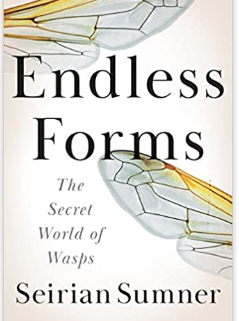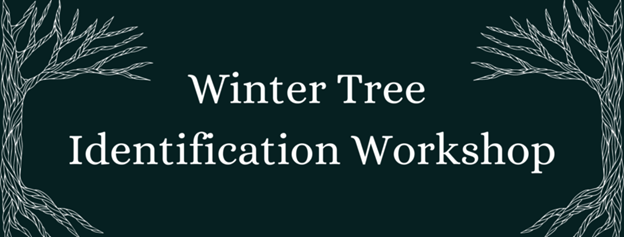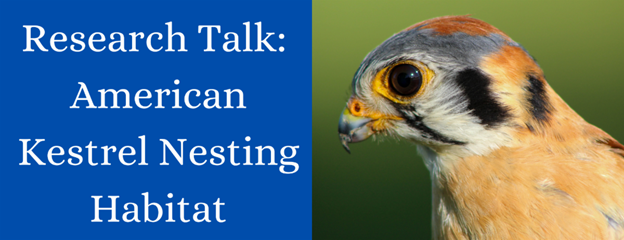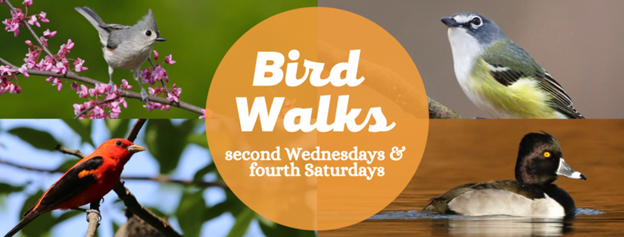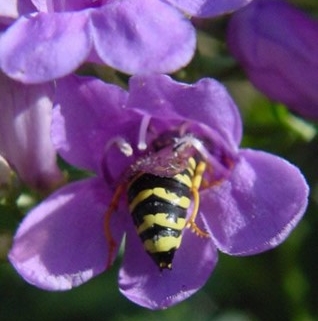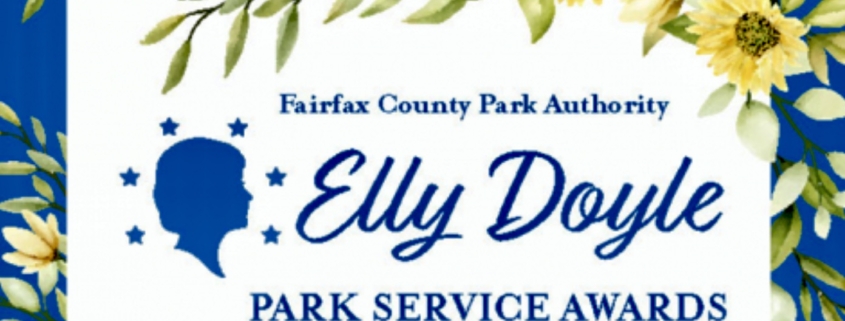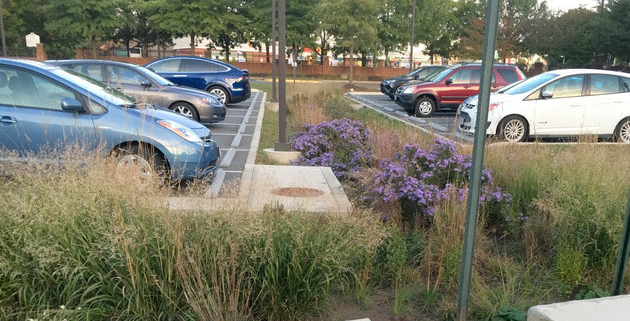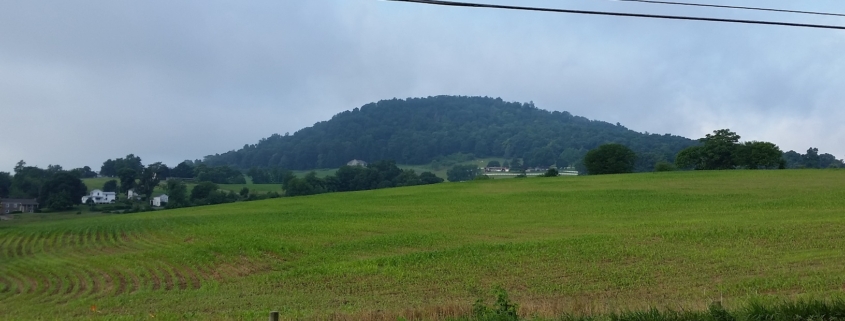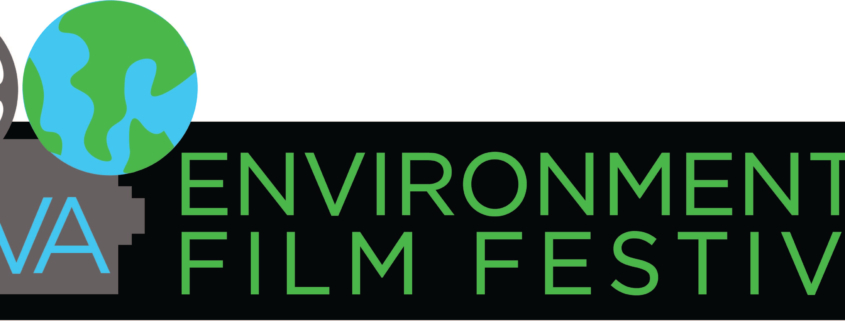“Start where you are. Use what you have. Do what you can.” A tenet of volunteering coined by Arthur Ashe. The FMN recipients of the 2022 Elly Doyle Outstanding Volunteer awards most certainly personify each component of that tenet.
The Elly Doyle Park Service Awards were established in 1988 by Fairfax County Park Authority (FCPA) to recognize Ellamae Doyle’s many years of service and accomplishments as a member and chairman of the Park Authority Board. The County’s park system expanded and thrived during her tenure with the addition of significant open space, construction of new recreational facilities and a commitment to preservation of natural and cultural resources in Fairfax County.
The 2022 Outstanding Volunteer awards category included three FMN members – Kris Lansing, David Gorsline, and Beverly Rivera.
Click here to page through a Flickr presentation of all awardees.
For those that do not Flickr, please read on for a summary of accomplishments of the FMN awardees.
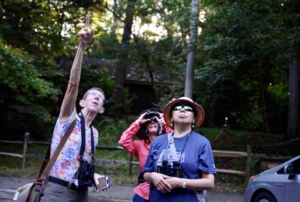
Kris identifying a flying object at Riverbend. Photo courtesy of FCPA
FMN Kristine Lansing – nominated by Riverbend Park:
Kris volunteers as one of the park’s roving naturalists/trail monitors. In this capacity, she routinely engages with park visitors on the trails to educate them about the park’s natural areas and wildlife and to promote other park opportunities such as hikes, classes, and camps. She removes debris from the trails, reports fallen trees and other issues to park management so that such problems may be addressed rapidly. She assists in leading the park’s seasonal bird and wildflower walks and helps train new roving naturalist volunteers. Kris is also a Certified Interpretive Guide.
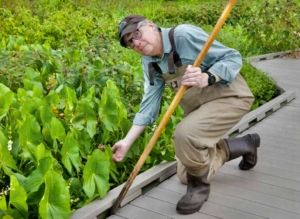
David on the Huntley Meadows boardwalk. Photo courtesy of FCPA.
FMN David Gorsline – nominated by Huntley Meadows Park:
David tackles a unique volunteer role each spring as the Duck Nest Box Coordinator. He trains and supervises a small group of independent volunteers, which meets at Huntley Meadows from February to June to monitor duck-nesting activity in the park.
David’s commitment to the Duck Nest Box program has been a significant contribution to the long-term natural resource management at the park. His efforts ensure institutional knowledge is shared with new volunteers, that nest boxes are well-maintained, and that there is annual data to aid in natural resource management decisions. To read more about the duck nesting box project at Huntley Meadows, in David’s own words, click here.
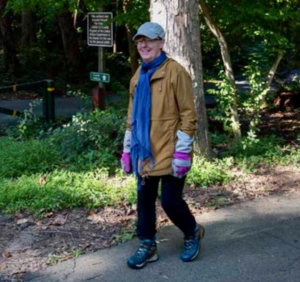
Beverley all smiles at Lake Accotink Park. Photo curtesy of FCPA.
FMN Beverley Rivera – nominated by Lake Accotink Park:
Beverley worked to transform a large area of the park overrun by invasive plants. For three years she has hosted a public workday almost every Saturday. This year she organized and led 47 public workdays and volunteered 182 hours leading 617 volunteers who themselves contributed 1,407 service hours. Beverley and the volunteer crews have also planted hundreds of native plants to restore natural habitat areas.
Please join our community in congratulating these tireless volunteers for their exemplary service to our county parks. They are model volunteers that prove author Sherry Anderson’s quote – “Volunteers don’t get paid, not because they are worthless but because they are priceless.”


